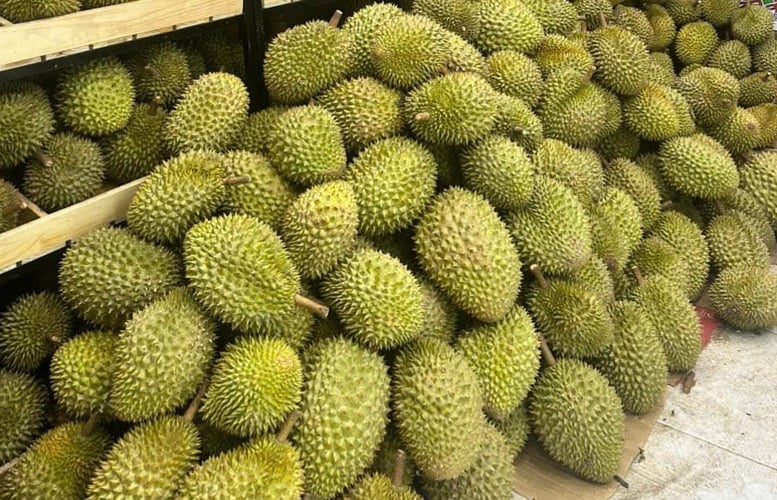
It is necessary to establish a quality monitoring system from the root and strengthen testing at durian production facilities - Photo: VGP/Do Huong
Lessons from hot growth
Mr. Dang Phuc Nguyen, General Secretary of the Vietnam Fruit and Vegetable Association, said that many batches of Vietnamese durian exported to China were found to contain heavy metal cadmium residue exceeding the prescribed threshold, which has been creating negative, profound and multifaceted impacts on the billion-dollar industry.
Not only a warning about food safety, these incidents are also a harsh test of quality management capacity, brand reputation and sustainability of Vietnam's key agricultural export activities.
The main cause of cadmium contamination is determined by professional agencies and experts to be the accumulation of heavy metals in the soil, which can mainly come from the overuse of chemical fertilizers, especially phosphate-based fertilizers (such as DAP) for a long time.
The farming process of focusing on productivity and lacking input control has unintentionally introduced toxins into the production chain. Besides cadmium, the problem of residues of the banned substance Yellow O - an industrial dye used to create a beautiful yellow color for durian shells and help the fruit ripen evenly - is also being tightly controlled by China, showing loopholes in the post-harvest processing and preservation stages.
This incident has exposed the inherent weaknesses of an industry that has developed too "hotly", lacking comprehensive control of the supply chain - from input materials (fertilizers, pesticides) to garden cultivation processes and post-harvest handling.
Production chasing quantity - the massive expansion of acreage, chasing productivity without paying due attention to sustainable quality standards. Laxity in management and use of growing area codes, packaging facilities - leading to a situation where when a batch of goods violates, the reputation of an entire region, even the entire country, is affected.
Data from the Department of Crop Production and Plant Protection, Ministry of Agriculture and Environment also clearly shows the sudden increase in durian area. Accordingly, from 2015-2024, durian area increased rapidly from 32,000 hectares to more than 178,000 hectares. Dak Lak, Lam Dong, Tien Giang , Dak Nong are the provinces with the largest durian area in the country.
Mr. Tran Thai Nghiem, Deputy Director of the Department of Agriculture and Environment of Can Tho, said that durian contaminated with cadmium is not the fault of the farmers, but the cause may come from materials, fertilizers, or it may be due to the natural characteristics of the land with available cadmium content... Not only durian, many other fruit trees can also be affected if using improper technical solutions, such as high doses of phosphate fertilizer to create buds, or using organic fertilizers derived from waste... These factors need to be carefully considered.
Another weakness of the durian industry was pointed out by Ms. Nguyen Thi Thanh Thuc, Chairwoman of the Board of Directors and General Director of Auto Agri Software Technology Joint Stock Company, that in key agricultural areas we do not have wholesale markets, inspection and quarantine centers, and cannot carry out import and export procedures on the spot.
According to Ms. Thuc, currently we do not control the authorization of growing area codes, leading to improper use and preservation by authorized persons. There is a phenomenon of using growing area codes in many places, leading to a phenomenon that is difficult to control.
Set up a monitoring system from the ground up
To get the durian industry back on track and develop sustainably, Secretary General of the Vietnam Fruit and Vegetable Association Dang Phuc Nguyen said, we must establish a quality monitoring system from the root and strengthen testing at durian production facilities.
Develop food safety monitoring and plant quarantine programs right at the durian orchards and packing facilities by expanding the list and improving the capacity of many qualified laboratories covering durian growing areas. Later, the traceability will be accurate and clear when Vietnamese or Chinese authorities need to trace the code, residue of banned substances... of exported durian.
Regarding strict handling of violations, it is necessary to issue regulations and sanctions strong enough to handle violations of food quality, safety and commercial fraud.
Mr. Nguyen believes that if we can organize a system of filtering goods at durian gardens accurately and effectively, the leaders of the Ministry or the Government will have the basis to negotiate with Chinese customs to open a sustainable "green channel" for Vietnamese durian to clear customs quickly and not have to return goods as often as at present.
In the long term, it is necessary to plan concentrated and sustainable growing areas; tighten management and issue codes for growing areas and packaging facilities; strictly control input materials; change farming processes; build national brands...
To solve the problem of chemical residue in durian, Mr. Nguyen Do Dung, General Director of Enfarm Agricultural Technology Company in the Central Highlands, said that it is necessary to apply AI to control chemical residue in durian.
Accordingly, when using AI, the system will identify high-risk areas, thereby providing appropriate soil improvement measures. This technology helps reduce up to 70% of the number of fruit samples that need to be tested, saving costs and shortening processing time compared to manual methods. "Enfarm has built a digital platform to support sampling, analysis and quick results, contributing to improving fruit quality and agricultural product value," he said.
Meanwhile, Mr. Nguyen Quang Hieu, Deputy Director of the Department of Crop Production and Plant Protection, said that DAP fertilizer should not be blamed entirely. According to him, changes in soil pH during the crop season can cause cadmium to dissolve more. Some organic fertilizers have higher cadmium content than inorganic fertilizers because the raw materials are sludge and mixed substances of unknown origin. Another weak link is that quality control and growing area codes are not strict. Enterprises still export goods without equipment to quickly test cadmium before customs clearance.
In addition to efforts to improve growing areas, deep processing to achieve efficiency in quality and value is also the direction the durian industry is aiming for. Specifically, for frozen durian, Vietnam has exported 388 batches with an output of 14,282 tons, 3 times higher than the same period in 2024. The Department of Crop Production and Plant Protection said that the sharp increase in frozen durian exports is partly due to the market opening policy (Protocol for exporting frozen durian to China in August 2024).
Do Huong
Source: https://baochinhphu.vn/lay-lai-gia-tri-nong-san-bai-hoc-tu-cau-chuyen-sau-rieng-10225070914544036.htm


![[Photo] General Secretary To Lam receives the Director of the Academy of Public Administration and National Economy under the President of the Russian Federation](/_next/image?url=https%3A%2F%2Fvphoto.vietnam.vn%2Fthumb%2F1200x675%2Fvietnam%2Fresource%2FIMAGE%2F2025%2F12%2F08%2F1765200203892_a1-bnd-0933-4198-jpg.webp&w=3840&q=75)





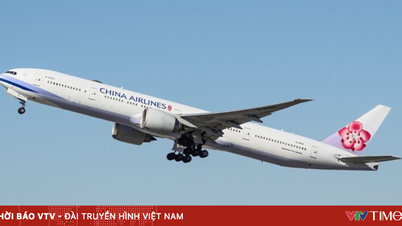

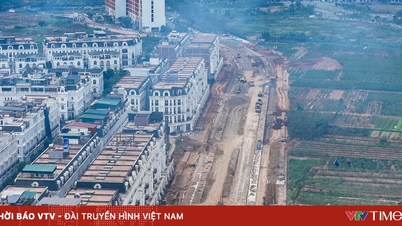
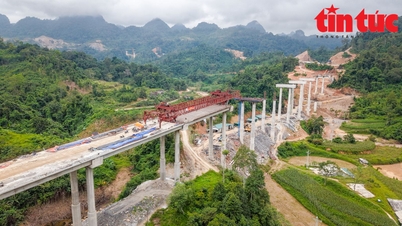

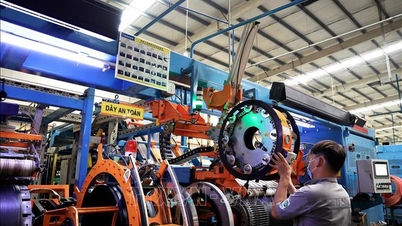
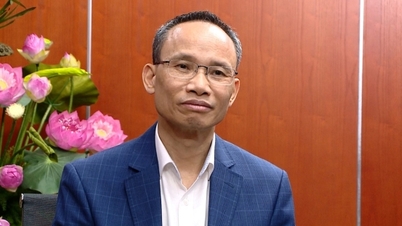

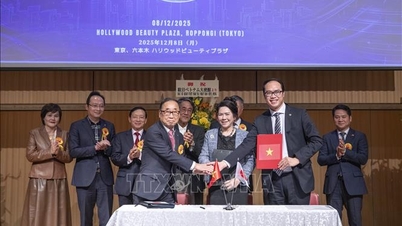





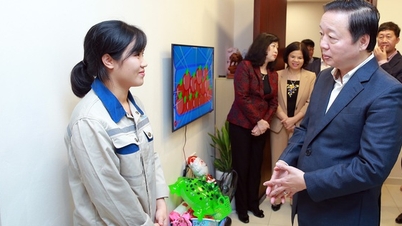
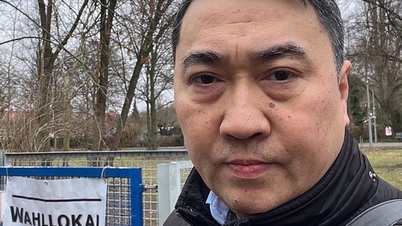
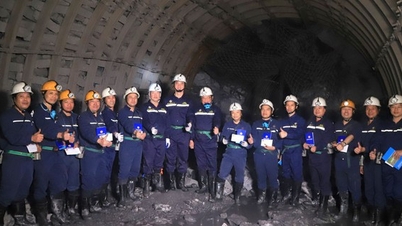
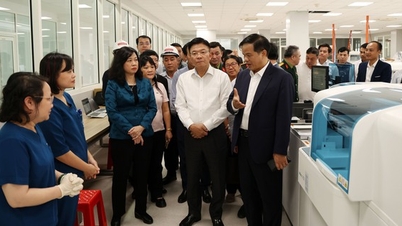
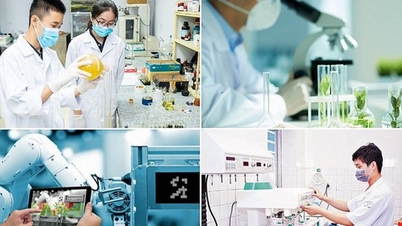

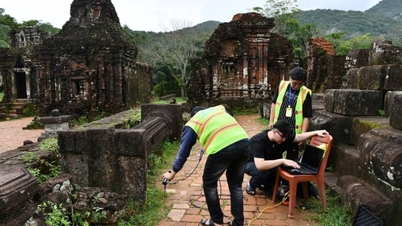

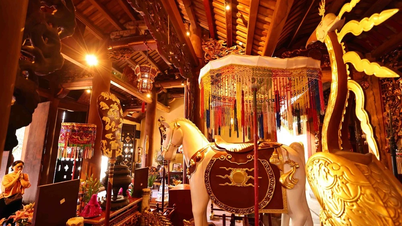





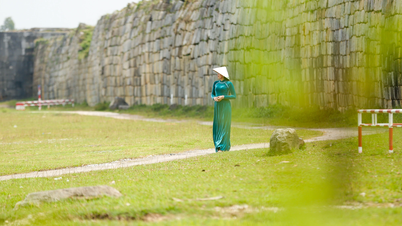



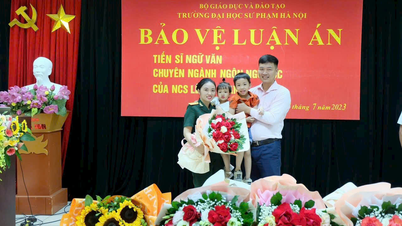

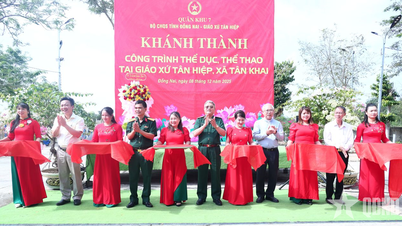
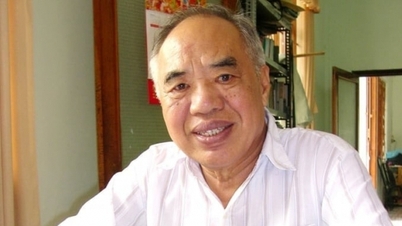

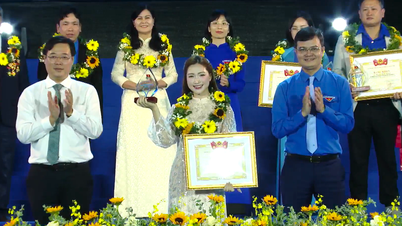

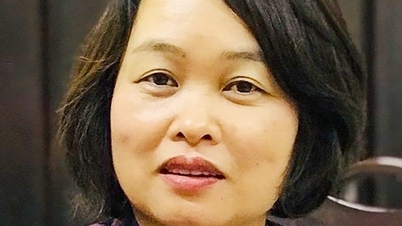



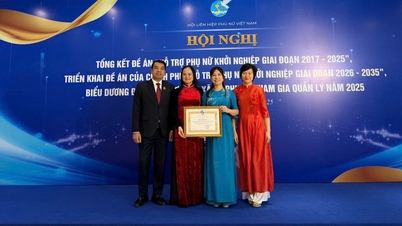



















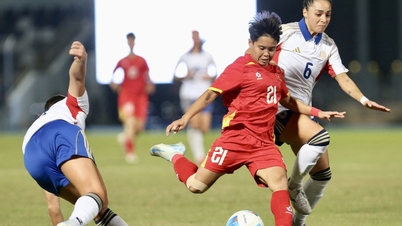
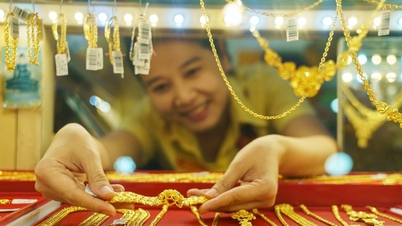
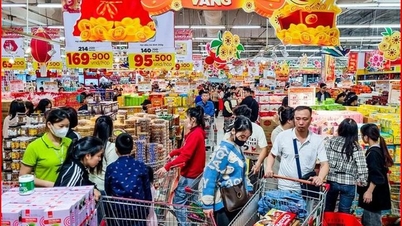


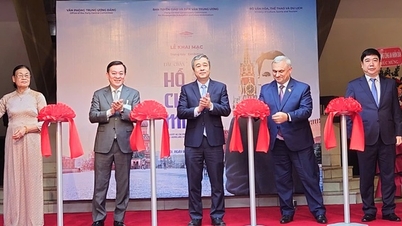

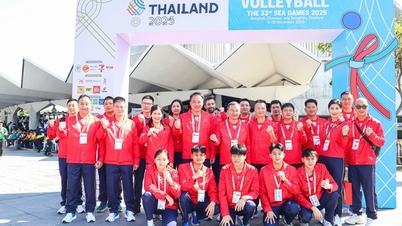
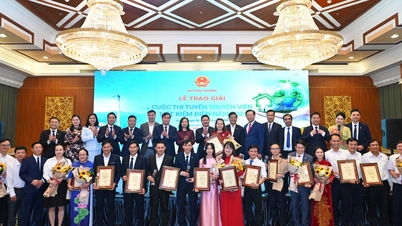





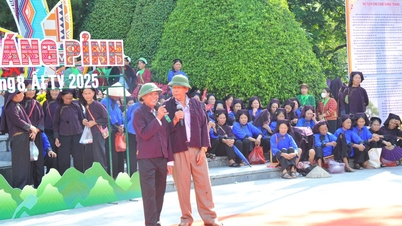

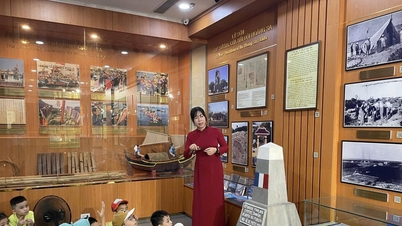
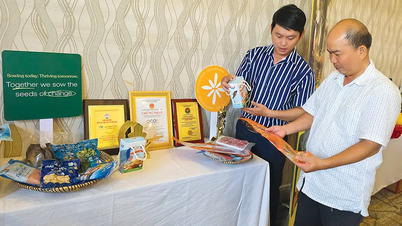

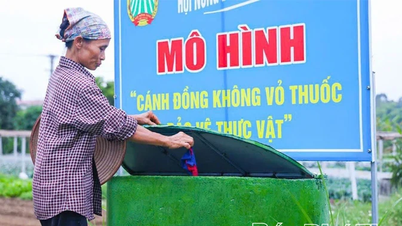

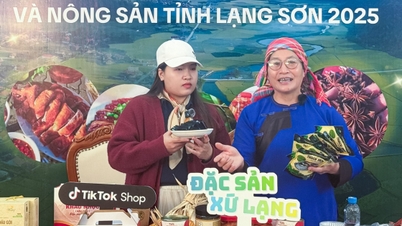









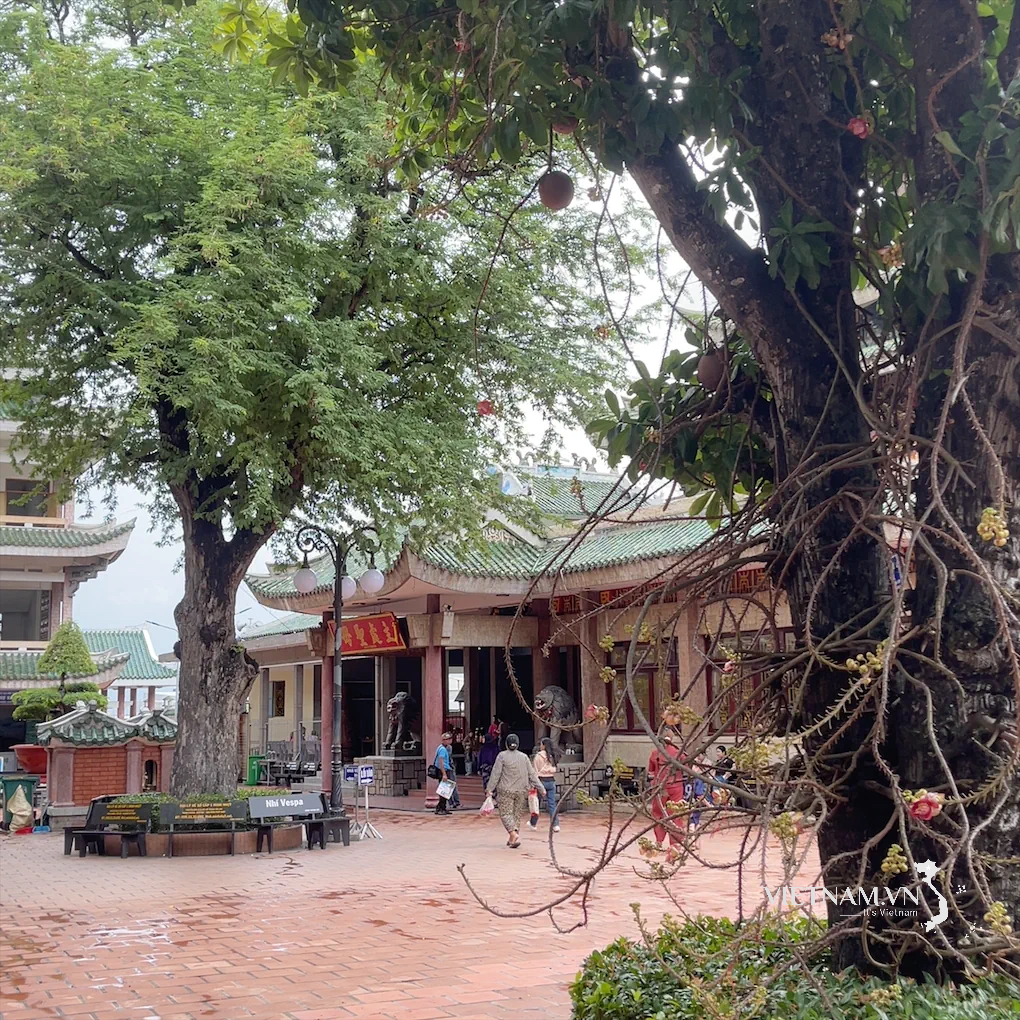






Comment (0)